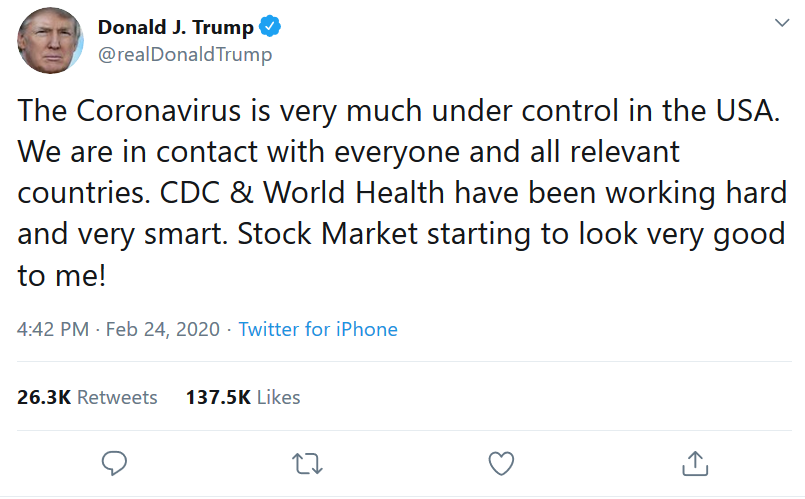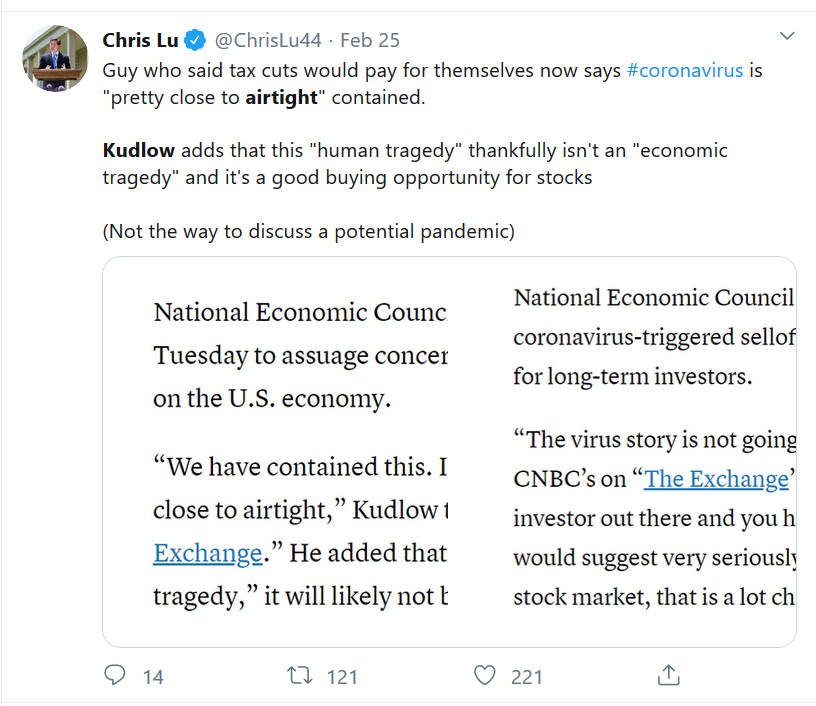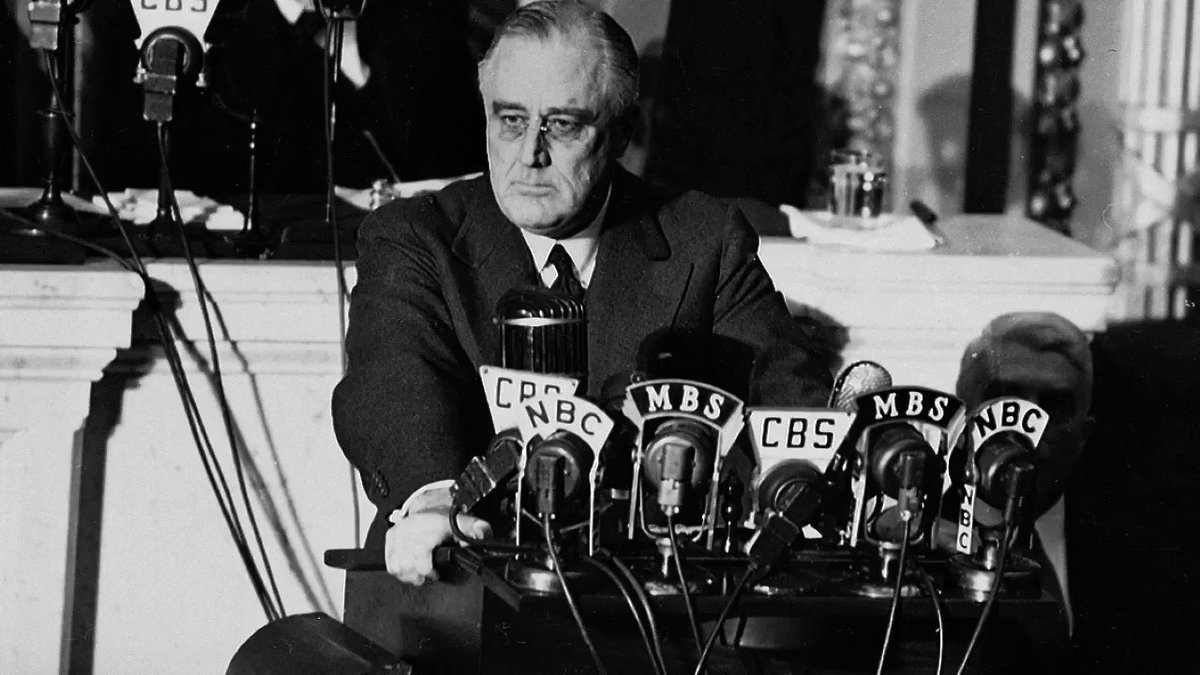How did we end up with major surveillance failure on par with Italy and Iran?
Let's talk about how that happens.
It's not. It's an interconnected communications, strategy, process, and execution failure, reflecting a serious breakdown of crisis mgmt.
Direct line from that failure to sick people in a nursing home.
Can see similar alignment b/w preferences Trump and his team were signaling, and strategic posture of his crisis managers.
He and his team made those preferences very clear. And got angry at those who deviated.
(WaPo has an infuriating tick-tock on all this out today: washingtonpost.com/politics/insid…)



They operated from presumptions that containment was possible, the risk to the US was low, and transmission was not happening here yet. Repeated those things like a mantra.
The key question is not "why didn't CDC's test kits work?"
It's "why were flawed CDC test kits allowed to bottleneck all US testing capacity when alternatives were available?"
sciencemag.org/news/2020/02/u…

Can't see them, so can't test them, so blind to what's happening.
Well, if you assume that community transmission *is* ongoing (as most experts outside USG did), then this looks like a real problem.
But if you assume it's *not* happening, as the Task Force did, this all looks much less urgent.
Seeing some folks in the mentions saying COVER-UP!! and LIES!!, etc.
To be abundantly clear - I don't think that's the case. I think this was an honest but avoidable mistake, driven by groupthink, unexamined assumptions, and process failure.
If you think the biggest present danger is introduction of cases from overseas, you focus on that. And so they did.
Those assumptions and signals reflected POTUS' clear preference, and the process' failure to question it.
Because rather than scale up surveillance and prepare the health system for community spread, all emphasis went into containment.
So rather than trigger Plan B (development of tests by private labs), as they finally did last Friday, you stick to Plan A (wait to fix CDC test).
That doesn't seem to have happened.
So it's not just on CDC or FDA for failing to resolve the testing bottleneck. It's also on a White House that failed to recognize that as a mission critical problem.
And that in turn is how ongoing transmission in the US can be missed even as the govt assures us it isn't happening.
My sincere apologies for the length of this thread.













